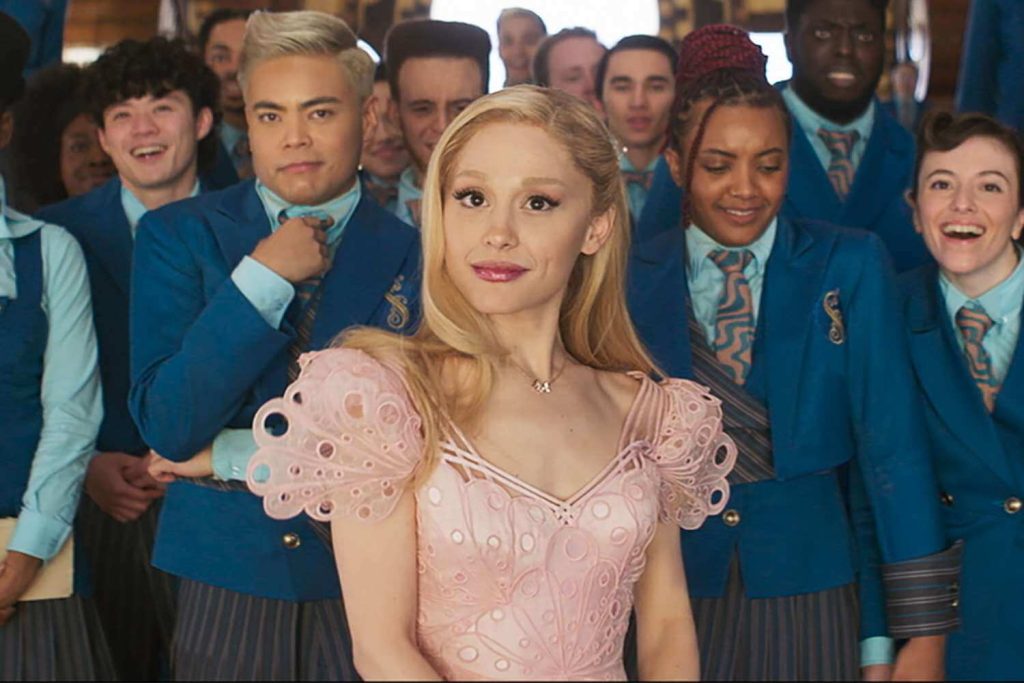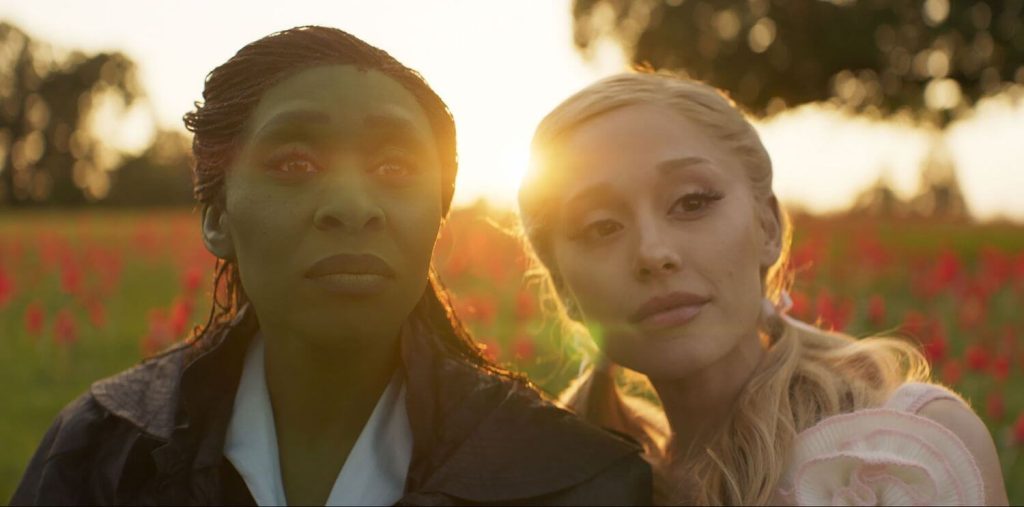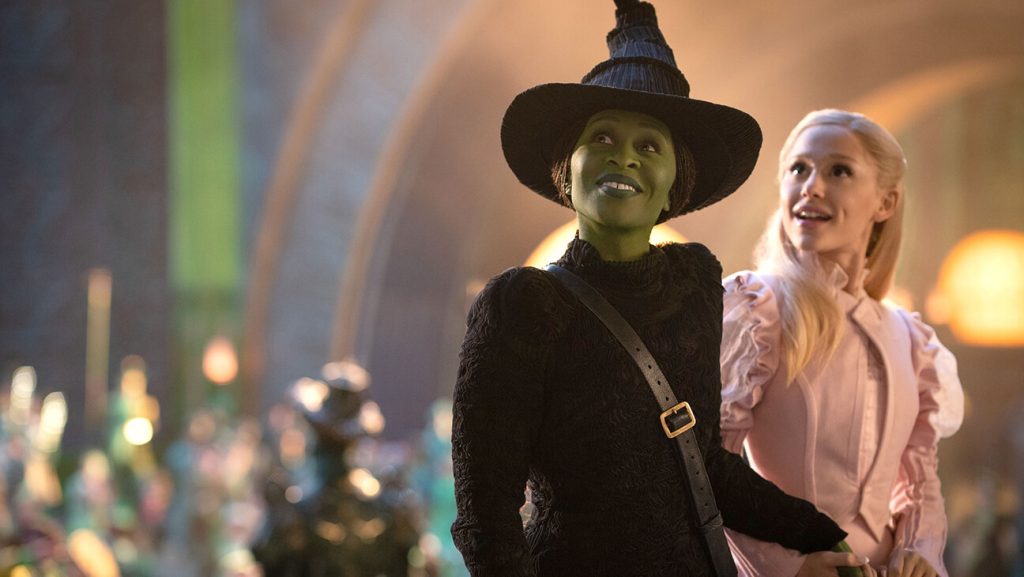World News
Exploring the Magic and Challenges of the Wicked Movie Adaptation
The Wicked musical has captivated audiences for years, offering a fresh perspective on the story of Oz and its characters. With the recent film adaptation by Jon M. Chu, the tale takes on new life, bringing beloved characters and music to a broader audience. Here’s a closer look at the film’s musical strengths, its exploration of friendship, the visual presentation, and some areas where it diverges from the stage production.
Staying True to the Musical Roots
The film adaptation of Wicked preserves the essence of the original stage musical, known for its iconic songs and dynamic performances. One of the most significant aspects that fans were eager to experience was how the film would handle the well-loved score by Stephen Schwartz. Starring Cynthia Erivo as Elphaba and Ariana Grande as Glinda, both actresses bring a fresh yet familiar energy to their roles. The movie carefully translates the melodies and emotional intensity from stage to screen, ensuring that each song retains its significance. Erivo’s rich, soulful voice is especially suited for songs like “Defying Gravity,” which remains a defining moment, showcasing her character’s transition into independence and power. Grande’s bright, playful energy as Glinda provides a delightful counterbalance, making their duet moments particularly engaging. While not every song translates perfectly to the cinematic format, fans and newcomers alike can appreciate the emotional depth conveyed through these musical performances.

Themes of Friendship and Identity
At its core, Wicked is a story about friendship, personal growth, and identity, particularly through the lens of two women navigating a complex world. The adaptation focuses on the relationship between Elphaba and Glinda, who start as unlikely roommates and evolve into lifelong friends, albeit with vastly different outlooks and paths. The film does an excellent job of portraying this relationship, showcasing the nuances of their friendship and their differing views on acceptance, power, and belonging. Elphaba’s journey as the “Wicked Witch” highlights her struggle against prejudice and misunderstanding, while Glinda’s transformation reveals the impact of societal pressures and the cost of conformity. This nuanced exploration adds depth to the narrative, and Chu’s direction emphasizes the emotional highs and lows that define their friendship. Despite the fantastical setting, the universal themes of self-acceptance and the courage to be different resonate strongly, making this story timeless.
Visual Aesthetics and Cinematic Limitations
A recurring critique of the film adaptation lies in its visual presentation, which some reviewers feel lacks variety and dynamism. While the musical’s rich set design and costuming created an immersive experience on stage, translating that vibrancy into a cinematic format has proven challenging. The film retains some of the fantastical elements of Oz, yet the color palette and set design appear more subdued than expected. This stylistic choice might be intended to ground the story, but it risks losing the enchanting, otherworldly feel that fans of the musical are accustomed to. Critics have pointed out that certain scenes could benefit from more imaginative visual storytelling to fully capture the magic of Oz. Additionally, since the adaptation only covers the first half of the musical, some settings may feel limited, leaving room for more expansive design choices in the anticipated sequel. While this choice may disappoint some, the focus remains primarily on the characters’ journeys, allowing their performances to shine without overshadowing visual effects.

Adaptation Choices and Pacing
One of the notable differences between the stage and film versions of Wicked is the decision to divide the story into two parts. This allows for more detailed storytelling but also impacts the pacing of the first film. By concluding at the midpoint of the musical, the film sets the stage for the climactic events to unfold in the sequel. This choice gives more time to explore the characters’ backstories and personalities, though it may feel slower-paced for viewers expecting the full arc of the musical. Some fans appreciate the expanded focus on character development, as it deepens the emotional impact and lays a strong foundation for the sequel. However, others may feel that the adaptation sacrifices the brisk, engaging momentum of the stage version. The pacing choice invites audiences to delve deeper into Elphaba and Glinda’s formative years, building anticipation for the resolution of their journeys in the second installment.
Impact on Fans and Future Prospects
The Wicked film adaptation has generated excitement and anticipation among fans of the musical, especially due to the casting choices and high-quality production. The film’s release brings the magic of Wicked to those who may not have had the chance to see it live, expanding its fanbase. However, the mixed reviews regarding the visual elements and pacing highlight some challenges in adapting beloved stage productions to the screen. Looking ahead, the sequel holds potential for enhancing the story’s cinematic appeal, with opportunities to amplify visual effects and delve further into the plot’s resolution. For audiences who value character-driven narratives and powerful performances, this adaptation offers a compelling take on a cherished story, while the sequel promises to complete the tale with the climactic energy that Wicked is known for. Regardless of minor critiques, the film succeeds in capturing the heart of the musical, and its impact on both new and longtime fans cements its place in the world of musical cinema.
From torunstyle


